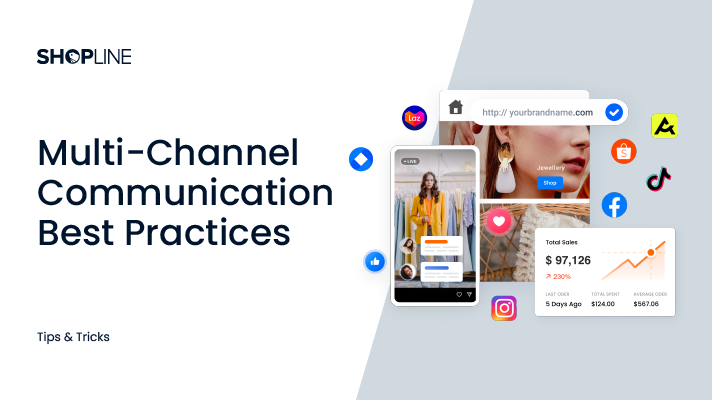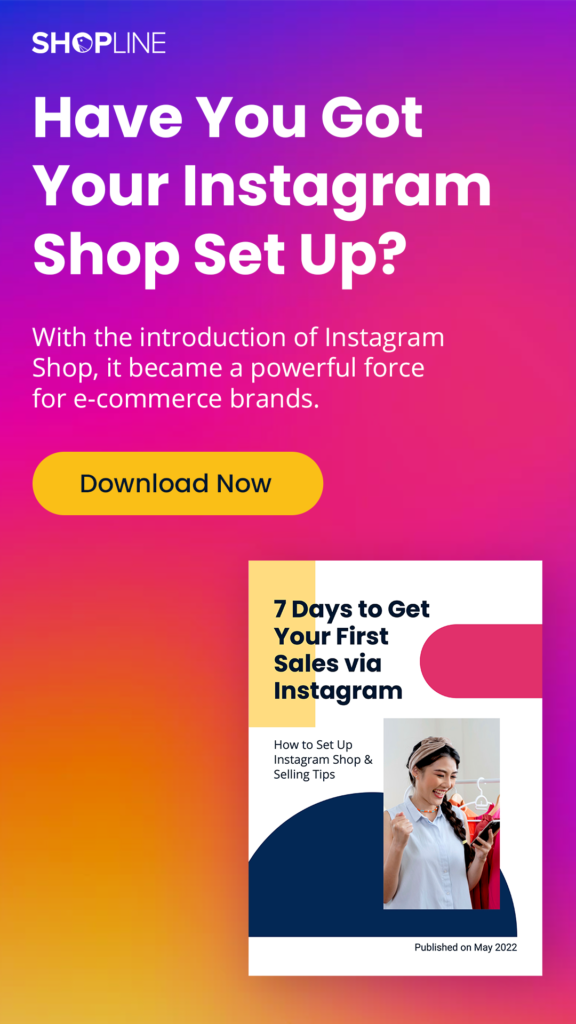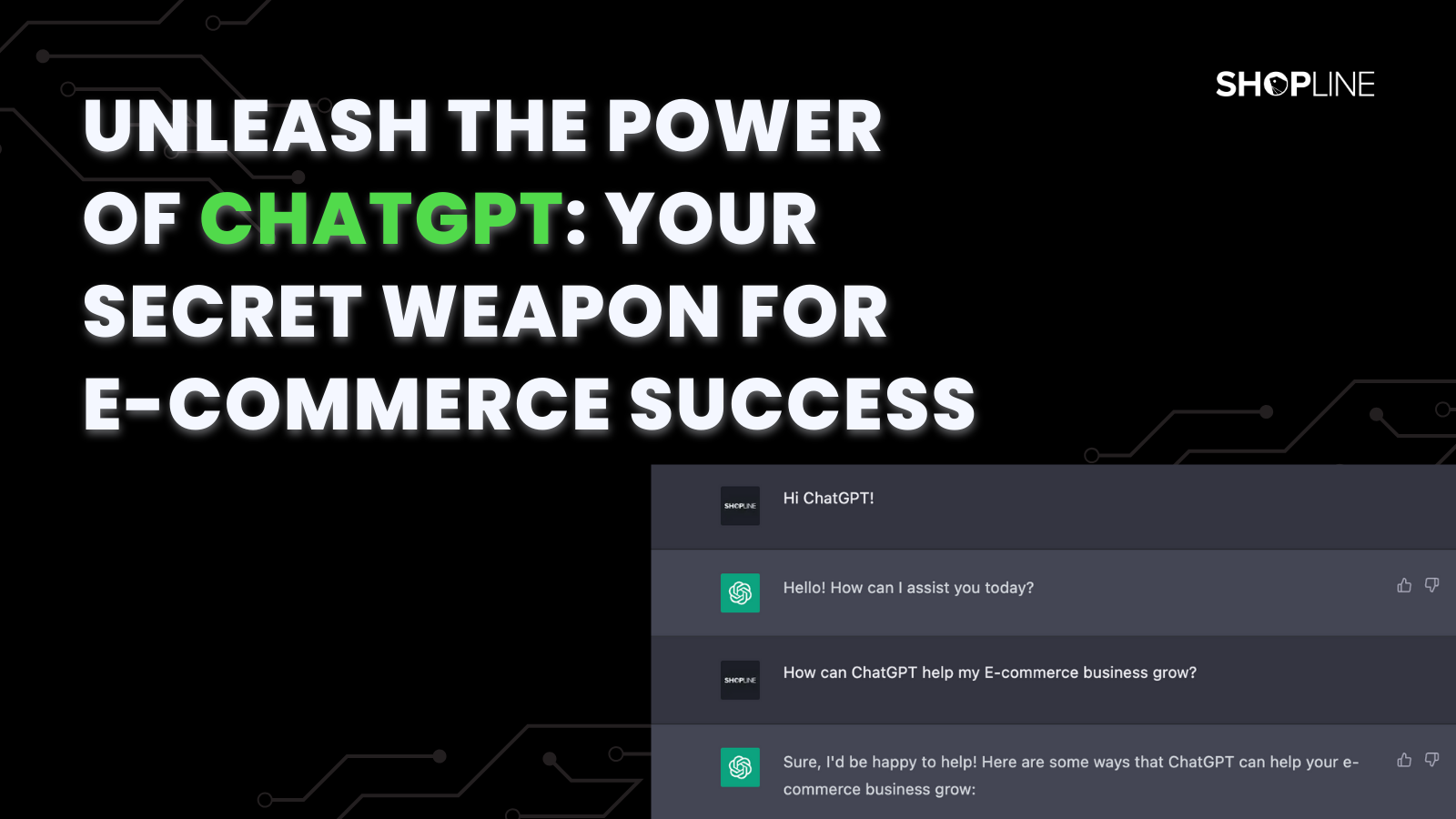As the internet and the world evolve due to rapid technological advances, we are edging towards a world where technology encompasses every part of our lives. Today, the vast majority of consumers use more than one device to work, play, travel and eat. On these devices, they are also interacting with a wide variety of online platforms. On a regular day, an average person will check their email, browse social media, and message their friends, among many other online activities.
For businesses, especially those in e-commerce, the massive amount of time that potential customers spend online presents prime opportunities for brands to engage and convert them. According to a study, companies with strong cross-channel customer engagement see 89% of customers return for more.
With more opportunities to engage consumers, the key challenge for businesses is ensuring that they are communicating the right messages, to the right people, on the right channels, and at the right times. Brands are, thus, redefining the way that they engage with customers with multi-channel communication strategies that reach out to customers everywhere.
With so many channels to juggle and so much to consider, multichannel communication can be daunting for many businesses. In this article, we explain multi-channel communication and take you through some of the best practices that you can incorporate into your marketing plan.
What is Multi-Channel Communication?
Multi-channel communication is a strategy used by businesses to communicate and engage with their customers consistently across various platforms, including email, SMS, social media and browser interactions.
To chart a multi-channel strategy, businesses need to identify touchpoints in their customers’ journey and decide when they want to communicate with them. Some channels that brands can take advantage of include: email, text messaging (e.g. SMS, WhatsApp, Telegram), and social media (e.g. Facebook, Instagram, Snapchat).
Why is Multi-Channel Communication Important?
In today’s world, emerging technologies and changing customer expectations have created an “always-on” expectation for brands – where brands are expected to engage with customers wherever they exist physically and digitally. This also means that brands are increasingly pushed to improve consistency and seamlessness across all channels. To improve the customer experience and boost long-term loyalty, multi-channel communication has become increasingly vital as a marketing tactic. Additionally, by engaging on various platforms, brands can connect with more leads and stay top of mind with potential customers.
What Are Some Multi-Channel Communication Best Practices?
Choose the Right Channels
The first step that businesses need to take when they undertake a multi-channel communication campaign is to find out which channels their target audiences engage with. Brands realistically may not want to communicate on every channel so they need to determine which channels they want to focus on. For example, brands targeting a younger audience may want to focus on their Instagram outreach while those with more mature audiences might find more success prioritising their audience on Facebook. By identifying the right channels, brands can thus get more return on their multi-channel outreach efforts.
Understand Your Customers
To help them to make decisions on their multi-channel messaging, businesses have to talk to their customers and analyse their shopping behaviours to learn what makes them tick. They can do so by taking advantage of analytics tools, reviewing feedback and conducting surveys. After consolidating and analysing the data, brands can identify their main customer personas and determine how they interact with the various outreach channels. By having a clear picture of the key customer segments and their needs, brands can nail the best ways to communicate with them.
Focus on Engagement
With so many different channels, brands can run the risk of creating information overload if they constantly barrage customers with messaging that they do not find relevant or engaging. Beyond making customers aware of the brand and its products, there is a need to engage with the customer so that they feel invested and loyal to the brand. Brands, thus, need to invest in building brand loyalty so that customers say engaged for the long run – prioritising meaningful interactions with their customers. All messages should thus provide some form of value to customers – whether it be through providing educational information or through discounts. At the same time, messages should be aligned across all platforms to ensure that all messaging is consistent.
Customise Your Outreach
Businesses need to have a good understanding of each channel so that each channel serves its appropriate purpose. At the same time, they need to take note of the type of audience that they are reaching out to so that the right messaging is communicated. By making content relevant to each channel and audience, customers are less likely to ignore the messages and are more likely to engage with the content. It also reduces the risk of customers viewing the messaging as spam and blocking them using content blockers. Therefore, once customers view your multi-channel content as helpful and applicable, they are more likely to make purchases and become loyal long-time customers.
How Can SHOPLINE Help You With Your Multi-Channel Communication Strategy?
Starting up and operating your multi-channel communication plan can be a massive challenge for many e-commerce businesses. Developing and executing multi-channel campaigns can often be a drain on time and resources. At the same time, the execution of multi-channel plans can often involve understanding a lot of nitty-gritty knowledge that can be very overwhelming. SHOPLINE helps you cut down on the hassle by streamlining your multichannel communication process with a convenient and easy-to-use platform.
Smart Push is SHOPLINE’s multi-channel automation tool that allows businesses to promote their brand on a wide range of platforms including email marketing, SMS, Facebook, Instagram, Snapchat and WhatsApp. Teams can simply drag and drop to create your own messaging campaigns. At the same time, they can easily import their customer data and manage outreach campaigns based on individual segments and conditions.
Web Push is SHOPLINE’s marketing tool that allows businesses to push customised web-browswer notifications on macOS, Windows and Android. Using this tool, brands can grow their sales with notifications to convert buyers when new products are launched, items get back in stop or when prices drop. Additionally, customers that have abandoned their carts can be re-engaged with automatic notification. Notably, all of this can be done without customers needing to provide their personal information or downloading any additional applications.
Want to get boost your e-commerce brand’s multi-channel communication performance? We highly recommend using SHOPLINE to start your omni-channel journey. It’s easy to use, perfect for beginners, and incredibly affordable. Sign up for a 7-day free trial to get started.
Go to the SHOPLINE Academy blog page to find more educational blogs





